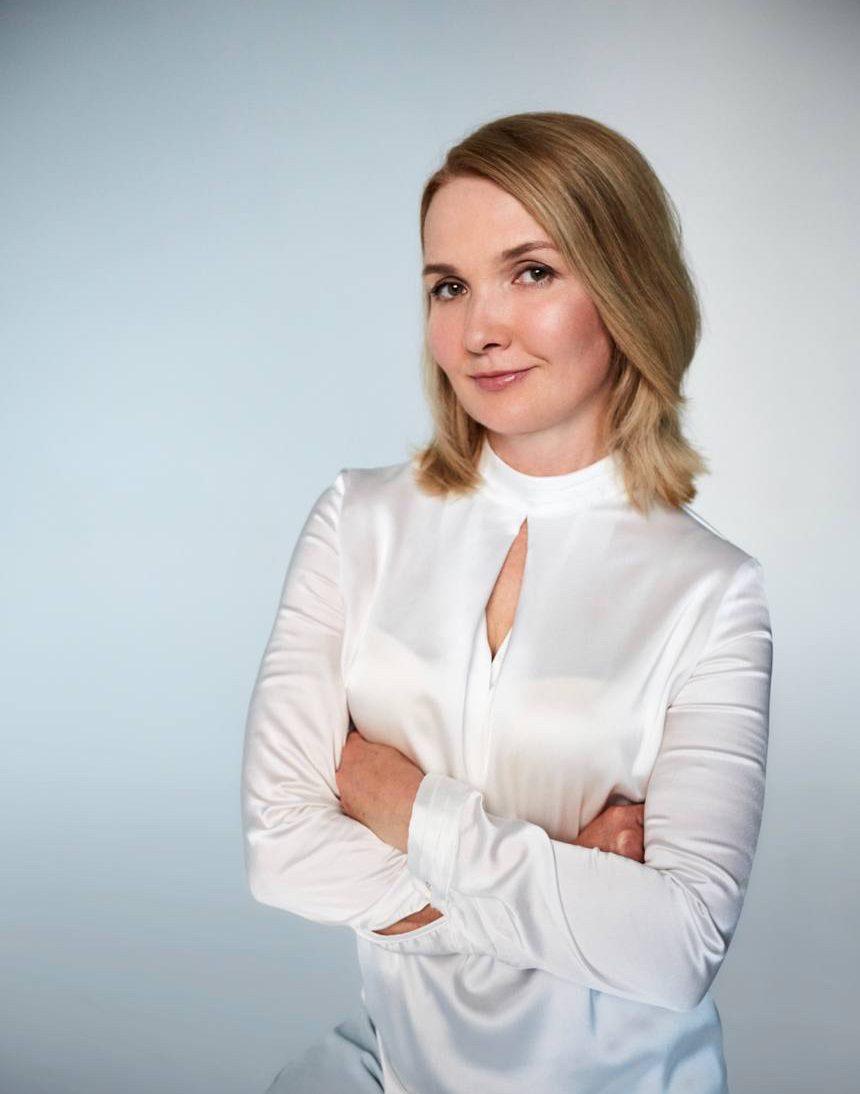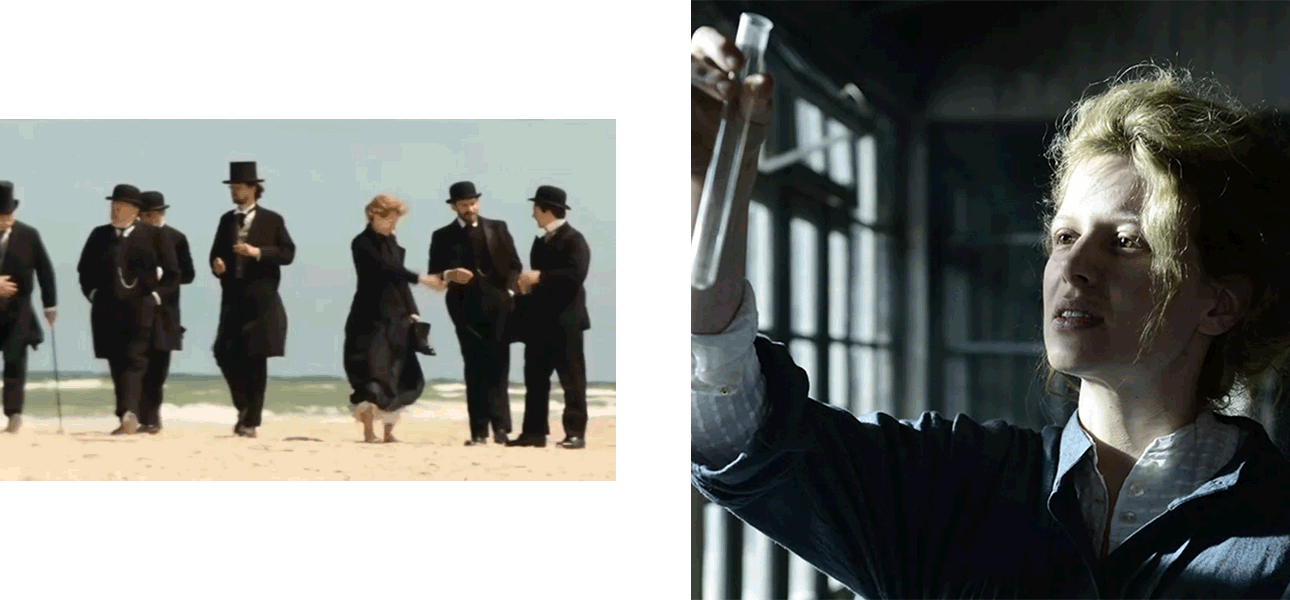Dear reader, we present to you our beauty columnist, Eileen Tsarkova!
Eileen is an active nutritionist, gastroenterologist, internist, naturopath and aromatherapist, health coach, and integrative medicine doctor with a holistic approach. And now he will share with us his knowledge in the field of both physical and mental health, nutrition and much more.
In this material, Eileen will tell you how mitochondria work, what they can do and how we can help them work long and actively. This will help you avoid many diseases and permanently get rid of the hated “chronic fatigue”.

Eileen Tsarkova
Our every breath, our heartbeat, our hair growth, our body movements, the thoughts in our head, our life; All of this is impossible without energy… So where does this come from in us and all living things on planet Earth?
The primary source of energy was the Sun and then the Earth’s geothermal heat. The first microscopic life forms learned to take it and convert it into organic carbon-containing molecules (carbohydrates) through photosynthesis or as a result of chemical reactions of inorganic compounds (chemosynthetic bacteria).
What happened next?
According to the theory of symbiogenesis, about two and a half billion years ago, an amazing event occurred that cannot be overestimated: ancient single-celled organisms that did not know how to use oxygen for their life allowed unique bacteria that possessed this most valuable skill into them. This event led to the emergence of heterotrophs, which began to break down organic compounds obtained from other organisms (food) with the help of oxygen and convert them into a universal energy “currency” for all living things – the ATP molecule.
Over time, these structures migrated to our cells, providing them with their own energy production factories, and became known as “mitochondria”. Our body receives the energy necessary for its vital functions thanks to these small organelles. And when they work poorly, we feel tired, our vitality decreases, and over time, serious diseases can develop, especially in the nervous, cardiovascular, endocrine and muscular systems.
What is mitochondria?
Mitochondria occupy about a quarter of the cell volume, have an elongated shape and are approximately the size of a bacterium – about 1 micron in diameter and no more than 10 microns in length. Although mitochondria have become part of the cell, they have retained their independence: they have their own DNA and reproduce by dividing, like bacteria.
Mitochondria are separated from the cell by two membranes; the main structure where all the magic of the energy production process happens. They are very mobile and capricious, can do a lot, perform a large number of functions, and often act independently of the cell itself. At the same time, they actively communicate with it and can significantly change the processes occurring in it.
How are they built?

The discoverer of these structures in 1897 was German histologist Richard Altmann. Three years later, his colleague Karl Bend named them “mitochondria” (translated from Greek as “thread” and “grain”). 56 years later, American biologist George Palade managed to describe their internal structure using electron microscopy for the first time. The scientist saw that mitochondria have two membranes. The outer part is full of channels through which ions and small molecules pass (for example, pyruvate – the breakdown product of glucose – or fatty acids).
The inner membrane forms numerous folds – cristae, which increase its area several times. This is necessary to accommodate a large number of special protein complexes involved in the formation of ATP (a universal source of energy for all biochemical processes), including its main producer – the enzyme ATP synthetase.
Unlike the outer membrane, the inner membrane is poorly permeable even to ions. It can only pass them through special protein structures of the “respiratory chain” (primarily via ATP synthetase) and activate it to produce ATP molecules. Although the total amount of ATP in the body is small (only about 60 g), the molecules are constantly synthesized and broken down, providing a daily energy conversion equal to our body weight.
How do mitochondria work?
The process of ATP formation is called oxidative phosphorylation and occurs in two stages:
First stage. The inner membrane of mitochondria contains special protein complexes that abstract electrons from NADH and FADH2 molecules (formed during the breakdown of fats, proteins and carbohydrates). Electrons and protons are pumped into the intermembrane space, creating a concentration difference and energy reserve.
Second stage. This energy is used by ATP synthetase, a special molecule located in the inner membrane of the mitochondria. How does this happen? The returning protons, like a stream of water, force the millstones of ATP synthetase and the “water mill” that are part of the heart-shaped structure of this process to turn. At this time, a residue of phosphoric acid (H3PO4) joins ADP (adenosine diphosphate), giving rise to ATP (adenosine triphosphate) molecules, which are carriers of universal energy for all living things.
The electrons return to a special protein, cytochrome C, through the inner membrane; This protein can, if necessary, trigger the process of apoptosis, which is programmed cell death to destroy old, defective, damaged, mutated or infected cells. Thanks to apoptosis, the body can heal and rejuvenate on its own (if not intervened).
Releasing energy, ATP breaks down again into ADP and phosphate and returns to the mitochondria for resynthesis.
Energy sources: glucose and fats
For example, as “fast fuel” during short periods of intense physical activity, mitochondria use glucose, which is first broken down into pyruvate and converted to acetyl-CoA, which then enters the Krebs cycle, where it is oxidized to form reducing equivalents (NADH). As a result of these processes, 36 ATP molecules are produced. This is a simpler and faster way to produce energy.
Mitochondria obtain the most energy by processing fatty acids. However, for mitochondria, although this process is more efficient, it is longer and more complex. One molecule of palmitic acid produces approximately 129 molecules of ATP. Fats are the main fuel for the heart, brain and muscles during long-term moderate exercise. Therefore, it is precisely such loads that trigger fat burning.
If there are too many carbohydrates and movement is limited, excess acetyl-CoA turns into fats and cholesterol, which is the path to atherosclerosis.
Mitochondrial Helpers

For the process of energy production, mitochondria need special equipment, special structures – coenzymes NAD and FAD, which transfer electrons. NAD consists of the amino acids aspartate and tryptophan (it also plays a role in DNA regeneration), and FAD is synthesized from riboflavin (vitamin B2).
These coenzymes transfer electrons and protons in glycolysis reactions and the Krebs cycle, directing them to the electron transport chain where ATP is created. At the end of the path, protons pass through ATP synthetase, where ATP molecules are formed, and electrons combine with oxygen to form water, returning the system to its original state so that it can restart the process of producing ATP to produce the next portion of energy.
Like other factories, the process of producing intracellular energy produces controversial byproducts such as reactive oxygen species that can damage mitochondrial DNA and other cell structures. They are neutralized by antioxidants. Ideally, the number of “pests” and “defenders” should be in balance. Then reactive oxygen species can only provide benefits: controlling the life and death of cells or protecting them from bacteria.
However, if the balance is disrupted, oxidative stress begins and leads to cell damage, premature aging and diseases. Read more about this here.
What role do mitochondria play in the life of the body?
Energy production.
The main function of mitochondria – Creation of ATP and therefore energy for all living things. For its production, up to 80% of all oxygen absorbed during inhalation is used, as well as glucose or fatty acids. Therefore, it is very important to walk more in the fresh air and do special breathing exercises.
Enzyme regulation.
ATP can activate or inhibit enzymes, affecting many biochemical processes.
Thermogenesis.
Mitochondria help us stay warm by producing heat.
Synthesis of substances.
Mitochondria are involved in the formation of proteins, membranes, steroid hormones (progesterone, testosterone, cortisol, etc.), creating precursor molecules for them, and are also involved in the breakdown of cholesterol.
Regulation of calcium levels.
Mitochondria protect cells from destruction under chronic stress by keeping their levels normal.
Immune protection.
Mitochondria provide reactive oxygen species to immune cells, signal about pathogens, trigger special defense cells (macrophages and T cells), and also interact with our microbiome, activating it to fight pathogens.
The process of “apoptosis”.
Mitochondria trigger the removal of old and defective cells, cleansing and rejuvenating tissues. If necessary, they activate this process by increasing the permeability of their own membrane, which causes the release of cytochrome C protein into the cell, leading to swelling of these organelles and rupture of the outer membrane. This is what activates special enzymes (caspases) that trigger and carry out the cell’s self-destruction process.
Thus, these amazing structures not only provide energy to all our cells, but also perform many other important functions in the body, without which normal life is impossible. Thanks to these tiny organelles, we can not only exist, but live a full life, grow, have children, move, dance, admire nature, feel, communicate, experience joy and inspiration, create and create…
And they deserve to be taken care of by us. How? I will definitely tell you about this in my next article, my dear readers.
Source: People Talk
Errol Villanueva is an author and lifestyle journalist who writes for The Fashion Vibes. With a passion for exploring the latest trends in fashion, food, travel, and wellness, Errol’s articles are a must-read for anyone interested in living a stylish and fulfilling life.





